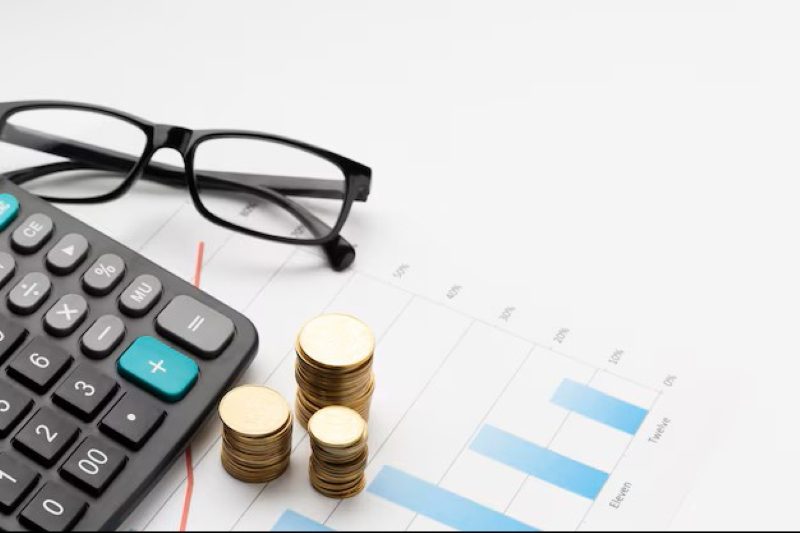Shoulds and Should Nots: 401k Withdrawal 101

Retirement—something a lot of us have put off for years. From 401k withdrawal rules to Roth IRAs, there’s a lot we don’t know but have to prepare for. Whether you already have a retirement plan in place or you are scrambling to start one, knowing the ins-and-outs of borrowing from a 401k—and what a 401k actually is—is a crucial step in reaching your goals and getting the most from your savings plan.
First, what even is a 401k? In its simplest definition, a 401k is an investment/retirement plan implemented by a company. Hardship withdrawal from a 401k is never recommended, so don’t think of it as an emergency savings. There are many 401k withdrawal rules and nuances, but it’s not as challenging as you might think.
Let’s break it down:
In a 401k retirement plan, a portion of a worker’s paycheck (before taxes) is taken out and put into an account, and you have the power to decide how much goes into your 401k from every payday. The company will match up to a certain rate.
Let’s say your company matches at a rate of 5%. That means if you put in 5% of your $50,000 salary ($2,500), your company would fully match that $2,500 and put it into your account. But after that, it’s all you. Of course, you can add more, but your company won’t match beyond that original 5% or $2,500. Now, let’s dig a little deeper into 401k withdrawal rules, borrowing from a 401k, and some helpful tips and tricks!
The Basics: 401k Withdrawal Rules
Withdrawing from your 401k comes with a lot of rules. Age and taxation are just a couple of the things you’ll have to factor in when you decide to cash in. Financial education is an easy thing to overlook, especially 401k withdrawal rules. From simple things, like balancing a checkbook and budgeting, to more complex agendas, like planning for retirement, most people are severely under-equipped. Digging a bit deeper into what those factors mean for you is important in getting the most out of your 401k, and we’ll help you get there.
Age
The age you decide to withdraw from your 401k plays a huge role in how much you’ll get. The IRS doesn’t penalize withdrawals from 401ks after the age of 59 ½ , but any withdrawals before that will cause a bit of trouble for your finances. In fact, withdrawing early will get you a 10% penalty fee on the amount you withdraw in addition to the tax you’ll have to pay on that. So, if you take out $40,000, there will be another $4,000 tacked onto that.
Taxation
Remember all of the untaxed income that went into your 401k? Well, when you decide to withdraw, you have to pay those taxes. And it all depends upon how much you’re taking out, how you’re filing, and how much you’ve earned that year. Let’s use the example of a jointly filing couple, who earns $80,000 a year combined. The first $19,400 would be taxed at a rate of 10%, the next $59,550 at 12%, and the remaining $1,050 at 22%. Now, if you’re in a different tax bracket or filing separately, these metrics would change, but you get the gist. 401k withdrawal rules are complex, so avoiding hardship withdrawal from your 401k is important to help keep you on track.

Some Dos and Don’ts
Whether you’re just starting out or thinking about withdrawing from your 401k, there are plenty of things you should know before you take on either task. Let’s first go over what you should do when you have a 401k:
Actually Participate
This may seem obvious, but how many of your friends and family haven’t been preparing for retirement? It’s easy to think 401ks are for real “adults,” but the reality is, you should start thinking about your retirement plan as soon as possible—even in your 20s. Though there are many 401k withdrawal rules, there aren’t many for starting one. In fact, the earlier you begin, the earlier you start accruing interest on your investments. Most companies allow 401k participation after a trial period of six months, so once that’s up, you should set up a contribution plan right away. Plus, the earlier you start investing in your 401k, the less likely you’ll have to do a hardship withdrawal from your 401k.
Formulate a Plan
From how much you want to take out of each paycheck to when you want to retire, formulating a plan is an important step to take if you want to avoid borrowing from a 401k. Knowing how much you can afford to take out of each paycheck, how many years you have until retirement, and your vesting schedule will really help you maximize your 401k. After all, social security is dwindling, and chances are, that monthly check from the government won’t cover all your expenses beyond the age of 65.
Now, let’s talk about what you shouldn’t do:
Don’t Borrow From Yourself
That money sitting in your account is tempting. Taking that vacation, buying a new car, or even putting a downpayment on a house can all be done with that cash, but borrowing from your 401k comes with a host of issues. 401k withdrawal rules are strict, and you’ll have to account for taxes and penalty fees all while dwindling your life savings. Now, hardship withdrawals from a 401k are difficult to navigate, so if you can avoid them, you should.
Don’t Make Rushed Decisions
If you’re thinking about borrowing from your 401k, it’s important to take time. Think about your current and future financial situation. Knowing the specific 401k withdrawal rules—both federal and within your company—that apply to your age, tax bracket, and filing status is essential before you make any important decisions. Don’t be impulsive and make your decision based out of fear or anxiety. If you’re running short on cash, simply stop paying into your 401k, and get that money back in your paycheck.
Most importantly, you should always remember that it’s never too late (or early) to start investing. Whether you’re in your 20s, 30s, 40s, or 50s, knowing 401k withdrawal rules will be a huge help in getting you financial security.

